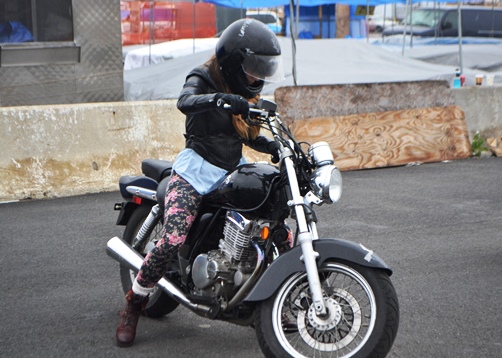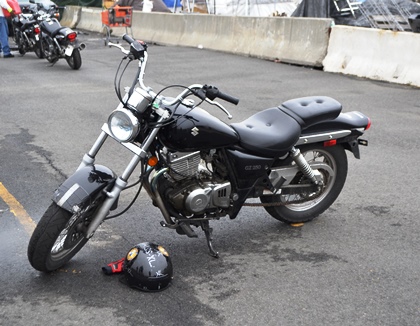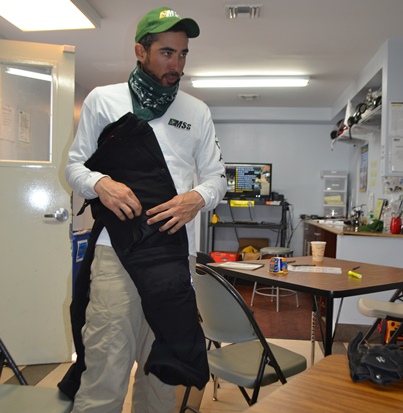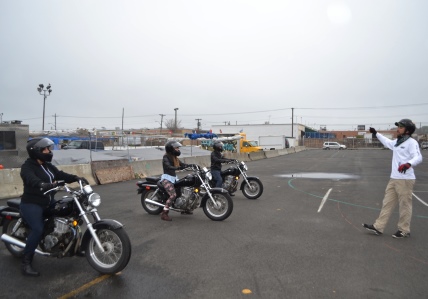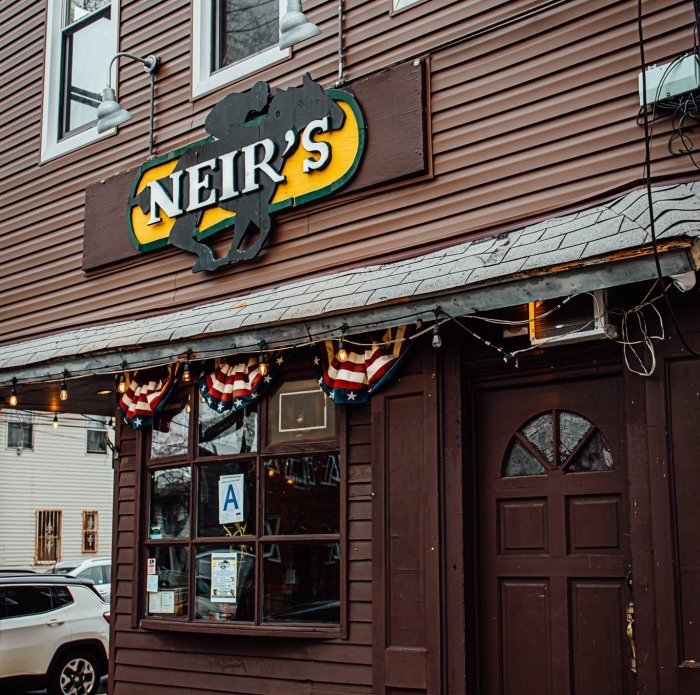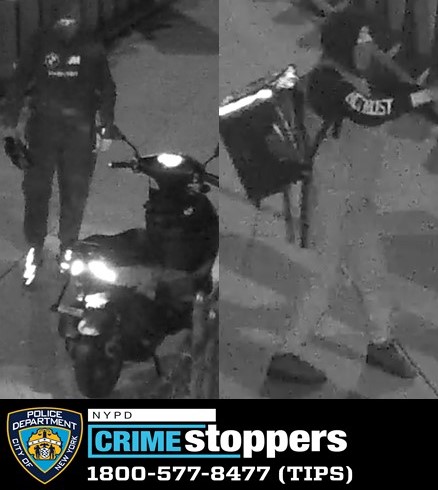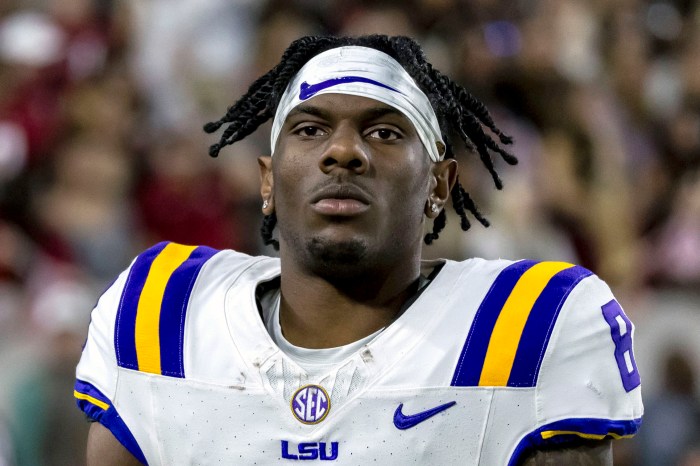When I told my parents I would be jumping on a motorcycle for the first time in my life, their faces went blank and they gave me the response I’ve heard so often since I asked them years ago for a skateboard: “You’re joking, right?”
Although I was raised among mostly boys and had numerous falls and tumbles, my parents always made sure I knew “extreme hobbies” would be out of the question because safety was their number one priority.
However, when I told them that this particular adventure would be to go over the safe ways to handle a motorcycle, they eased off and gave me their blessings.
With New York State having over 680,000 licensed motorcyclists in 2013, according to the DMV, and 5,153 Queens students coming out of New York’s Motorcycle Safety School, it is always important to be aware of the safety and responsibility that comes with owning a bike.
In honor of Motorcycle Safety Awareness Month I put on my leather jacket, strapped on boots and took part in a Motorcycle Safety Foundation (MSF) Introductory Motorcycle Experience course offered by the Motorcycle Safety School just west of Lindenwood, Queens, over the Brooklyn line.
FOR MORE PHOTOS OF MY MOTORCYCLE ADVENTURE, CLICK HERE
Our instructor for the day was martial artist, professional film and TV stuntman and DMV-certified instructor Adam Wood, who said he knew riding a motorcycle was exactly what he wanted to do. Coming from Colorado, he said, he did not want to be at the mercy of New York City’s public transportation.
The session began with an introduction to the different types of motorcycles — cruisers, sport, dual-purpose and touring bikes. With all the choices, the goal is to sit on as many different bikes as possible, find out what you like, how good it looks and feels, and think about where you’ll be riding.
However, before going out and picking your favorite ride, pay attention.
State law requires motorcycle riders to wear two things before hitting the road: Department of Transportation (DOT) certified helmet and eyewear. How do you know your gear is DOT-certified? Just check the sticker.
According to MSF, proper gear also includes a long-sleeved shirt or jacket, full-fingered gloves, long pants and over-the-ankle boots (rubber soles, no laces). Wood also showed us motorcycle-specific over-pants with armor built into the shins, hip and knees.
A safety fashion tip — leather is the best material to look for in motorcycle clothing because, according to Wood, at 25 mph, leather lasts up to six seconds when making impact with the floor, while jeans only last 0.75 seconds.
The importance of gear is to allow the rider to have good communication with the motorcycle. Comfort, visibility and protection are the key things to remember when picking proper gear.
“You’re going to want to buy the gear that allows us to interact with our motorcycle the best,” Wood said. “You should do research to arm yourself with information so you don’t put yourself in bad situations.”
Following the classroom lesson of the day, it was time to take the session outside and add some “seat time” under our belts.
Before mounting any bike, remember these are very heavy pieces of machinery, ranging from 200 to 900 pounds. Once you release that kickstand, it’s only you and your strength stopping that bike from hitting the floor.
In addition to the handlebars, a motorcycle has five other primary controls. Three of those controls are hand-operated and mounted on the handlebar. There is the throttle, which allows you to rev up the engine, the front brake and the clutch lever.
While on our Suzuki bikes, we learned the clutch lever is what allows you to change gears. When you come to a stop and you don’t want the bike to shut off, you have to squeeze the clutch and then ease back out.
Using what Wood called the “Friction Zone,” you maintain a smooth ride with your bike and don’t stall or accelerate uncontrollably.
The remaining controls are foot-operated and control the rear brake and shifting of the gears. You don’t need much pressure to switch to different gears; a soft tap up switches from first gear to N and then up to 5.
Unlike in a car, there is no meter telling you what gear you are in, so in order to check if your bike is on first, you have to give the shift lever three taps down and if you stop feeling clicks, that means you are on the lowest gear.
Although I wasn’t able to fully ride the motorcycle, because I do not have a permit, I was able to get a taste of what it takes to control such a machine — gentle taps, concentration and having the proper gear and training.
After looking at photos and watching my videos, I think my parents are more relaxed with the idea of me getting on a Harley Davidson one of these days… Now wait until I get that tattoo.
For more information of the Motorcycle Safety School, visit www.ridemss.com. MSF offers motorcycle courses at Queensborough Community College and for more information or to find a course closest to you, visit www.msf-usa.org or www.nysmsp.org.
RECOMMENDED STORIES

